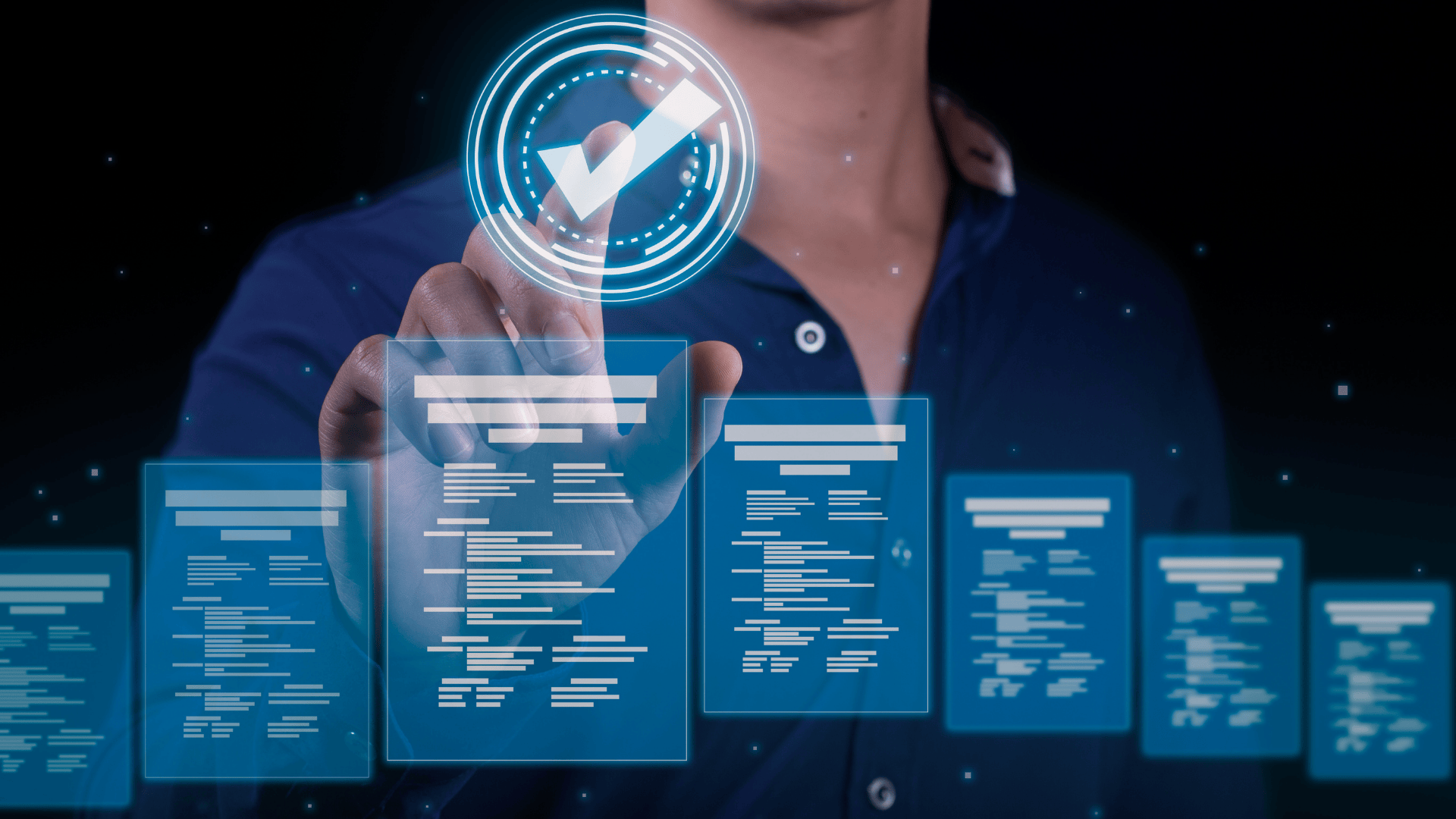What is HRIS? (+ Why NINJA HR is the Smarter Upgrade)
For decades, Human Resource professionals have been searching for ways to manage people, payroll, and processes more efficiently. Enter HRIS—Human Resource Information Systems—a game-changing solution that has transformed how businesses handle HR operations. But what exactly is an HRIS, and why are more companies looking to upgrade to smarter, all-in-one platforms like NINJA HR? Let’s break it down.
Understanding HRIS: A Quick Overview
An HRIS is a software system designed to manage HR functions and store employee data digitally. Think of it as a centralized hub where HR teams can handle everything from hiring and onboarding to payroll and compliance. Traditional HRIS systems offered businesses relief from paper files and manual processes. However, as workplaces evolve and employee expectations grow, the limitations of these systems are becoming clear.
What Does an HRIS Do?
A basic HRIS typically includes:
Employee Data Management: A secure database to store personal and employment details.
Payroll Processing: Automating salary calculations and tax compliance.
Benefits Administration: Tracking health insurance, retirement plans, and other perks.
Attendance & Leave Tracking: Managing work hours and leave requests.
Compliance: Helping HR teams meet legal requirements.
While these features are valuable, many legacy HRIS systems fall short in providing flexibility, real-time insights, and seamless user experiences for today’s dynamic workplaces.
Employee Data Management: A secure database to store personal and employment details.
Payroll Processing: Automating salary calculations and tax compliance.
Benefits Administration: Tracking health insurance, retirement plans, and other perks.
Attendance & Leave Tracking: Managing work hours and leave requests.
Compliance: Helping HR teams meet legal requirements.
While these features are valuable, many legacy HRIS systems fall short in providing flexibility, real-time insights, and seamless user experiences for today’s dynamic workplaces.
Limitations of Traditional HRIS
Businesses that rely on outdated HRIS platforms often encounter challenges like:
Limited Integration: Data silos make it hard to connect HR functions with other business systems.
Poor User Experience: Clunky interfaces frustrate employees and managers.
Inflexible Reporting: Generating actionable insights from data can be slow or impossible.
High Maintenance Costs: Legacy systems require expensive upgrades and IT support.
These pain points have driven the need for more advanced, all-in-one HR technology.
Limited Integration: Data silos make it hard to connect HR functions with other business systems.
Poor User Experience: Clunky interfaces frustrate employees and managers.
Inflexible Reporting: Generating actionable insights from data can be slow or impossible.
High Maintenance Costs: Legacy systems require expensive upgrades and IT support.
These pain points have driven the need for more advanced, all-in-one HR technology.
Why NINJA HR is the Smarter Upgrade
NINJA HR isn’t just an HRIS—it’s a next-generation HR platform designed for modern organizations. Here’s how it stands out:
1. True All-in-One Solution
Unlike traditional HRIS systems that require multiple add-ons, NINJA HR consolidates all HR processes into one platform. From recruitment and onboarding to performance management and payroll, everything is integrated seamlessly.
2. Advanced Analytics and Reporting
NINJA HR provides real-time dashboards and predictive analytics. HR leaders can track KPIs like employee turnover, engagement, and cost per hire, empowering data-driven decisions.
3. Employee Self-Service Portals
Employees can update personal details, request time off, and access payslips—all from an intuitive mobile or desktop interface. This reduces the administrative burden on HR staff and improves employee satisfaction.
4. Automation of Repetitive Tasks
Routine HR tasks like sending offer letters, approving leaves, and processing payroll are automated, allowing HR teams to focus on strategic initiatives that drive growth.
5. Cloud-Based Flexibility
With NINJA HR’s cloud-based platform, teams can access critical data anytime, anywhere. This flexibility is crucial in today’s hybrid and remote work environments.
How NINJA HR Transforms Businesses
Companies that switch to NINJA HR report:
Time Savings: Automation reduces HR workload by up to 40%.
Improved Accuracy: Integrated systems minimize errors in payroll and compliance.
Enhanced Engagement: Self-service tools and performance tracking improve employee morale.
Cost Efficiency: Lower IT overhead and faster onboarding save money.
Time Savings: Automation reduces HR workload by up to 40%.
Improved Accuracy: Integrated systems minimize errors in payroll and compliance.
Enhanced Engagement: Self-service tools and performance tracking improve employee morale.
Cost Efficiency: Lower IT overhead and faster onboarding save money.
Conclusion
While HRIS systems were revolutionary in their time, modern businesses need more than just a digital filing cabinet. NINJA HR delivers a smarter, more agile upgrade that empowers HR teams, delights employees, and supports business growth. If you’re still relying on an outdated HRIS, it’s time to embrace the future with NINJA HR.









